China's stock market and currency just had one of their worst months on record. Should we worry?
By business reporter
Stephen Letts
Updated 49 minutes ago
 PHOTO: China's stock market is down more than 20 per cent since the start of the year. (Reuters: Aly Song)
PHOTO: China's stock market is down more than 20 per cent since the start of the year. (Reuters: Aly Song)
The US-China trade conflict will ratchet up another notch this week as rhetoric transitions to action and the US imposes a 25 per cent tariff on a narrow $US34 ($46) billion worth of imports.
This week in finance:
- RBA meeting (Tuesday)
- Retail sales and trade balance (Wednesday)
- New US tariffs on Chinese goods come into force (Friday)
Standing behind that is the threat targeting another $540 billion worth of goods should China retaliate.
While debate bubbles along about the impact an escalation will have on the global economy, the impact on the world's second biggest economy is becoming evident — China's investors are bailing out and its currency is falling.
The yuan has just suffered their steepest monthly decline on record.
Chinese shares are now in bear territory, down more than 20 per cent since the recent peak in late January. They lost another 6 per cent last week.
The yuan slipped 1.5 per cent against the US dollar last week and is down about 3 per cent over the past two weeks.
Of course this might be all part of the Chinese central planners' defensive strategy.
A weaker Chinese currency would soften the blows of higher US tariffs.
However, the Chinese authorities would be unlikely to let it slip too far for fear it might inspire an unseemly and destabilising flood of capital offshore.
Similarly, the slide on the share market is painful, but not yet a rout like three years ago.
EMBED: Chinese currency and share market.
Chinese factory activity slowing
The impacts on China's real economy are also starting to show up.
The latest manufacturing (Purchasing Managers' Index) data released by China's National Bureau of Statistics over the weekend was weaker than expected.
While activity in the factories, particularly the big state-owned enterprises, expanded in June it was markedly slower than May.
Importantly the measure for new export orders slipped into contraction territory, pointing to mounting fears over trade and a weaker regional economy.
The sliding manufacturing PMI is hardly an outlier. It is very much in line with recent weaker readings on credit growth, investment and retail sales — all symptoms of a slowing economy.
"As the trade friction between United States and China escalates, exports start to ebb," an industry statement accompanying the PMI release said.
The Chinese purchasing managers surveyed said previous readings had only held up as companies stepped up exporting activities ahead of the imposition of tariffs.
That more robust level activity is unlikely to be repeated for some time.
EMBED: Chinese factory export orders index.
China authorities likely to act
"The bull that is US foreign policy continues to tread around the China shop," JP Morgan's global head of asset strategy John Normand said.
"Even without fresh, negative developments in the two countries' trade and investment dispute, numerous China-related assets have led the move down in global markets this week," he wrote in his weekend note.
Mr Normand says the most material development has been the Peoples' Bank of China (PBOC) easing policy by cutting the amount of capital local banks need to hold.
"Coming during a Fed tightening cycle, [it] can be seen an indirect attempt to weaken the currency during a trade dispute that threatens Chinese growth," Mr Normand said.
But there is more in play in China than just trade. There are gnawing worries about the domestic economy as well.
Capital Economics chief Asian economist Mark Williams said there was evidence the PBOC was trying to limit the speed of the yuan's decline and also support the economy by easing credit conditions.
"A statement from the PBOC late on Thursday pledging [unspecified] support for the economy was a further step and it may have helped the yuan and Shanghai equities recover a little [on Friday]," Mr Williams said.
"If falls resume next week, more forceful intervention is likely, including foreign exchange sales and equity purchases by the 'national team'".
For Australia, the impact at the moment is mixed.
Investors have been funnelling money from North Asia southward to the ASX, which in turn has seen our market outperform most global markets in recent weeks.
The bigger picture remains the fortunes of China, our biggest trading partner.
The latest PMI and the contraction in export orders is a clear indicator that the trade situation is becoming increasingly grim, which in turn would be grim for Australia's exporters.
EMBED: ASX200 vs global indices.
Global markets still on the slide
Friday provided marginal relief from the ongoing slide on global markets.
The global MSCI index gained 0.7 per cent on Friday, but still ended down 1.3 per cent for the week.
The ASX comparatively speaking was an out-performer, down just 0.5 per cent over the week.
It looks like the positive end to the week on Wall Street should flow through to Monday's opening with ASX futures pointing to a solid gain.
Markets on Friday's close:
- ASX SPI 200 futures +0.4pc at 6,180 ASX 200 (Friday's close) -0.3pc at 6,290
- AUD: 74.0 US cents, 63.3 euro cents, 56.0 British pence, 82.0 Japanese yen, $NZ1.09
- US: Dow Jones +0.2pc at 24,271 S&P500 +0.1pc at 2,718 NASDAQ +0.1pc at 7,510
- Europe: FTSE +0.3pc at 7,637 DAX +1.1pc at 12,306 EuroStoxx50 +0.9pc at 3,396
- Commodities: Brent oil +2pc at $US79.23/barrel, Gold +0.4pc at $US1252/ounce, Iron ore +0.9pc at $US65.02
Is cash king again?
So where are things heading? The answer is more than likely down, according to strategist Gerard Minack, head of the eponymous Minack Advisors.
"The risk-reward outlook for risky assets is deteriorating just as US cash is offering an improving return alternative," Mr Minack said.
In US dollar terms returns have been patchy over the year-to-date, and as Mr Minack put it, "cash was king".
"Fed tightening also ends the era of TINA [there is no alternative] — zero cash rates encouraging investors into risky assets. Safety now has a yield."
 PHOTO: Rising interest rates have seen cash out-performing some riskier assets recently. ( REUTERS: Jose Luis Gonzalez)
PHOTO: Rising interest rates have seen cash out-performing some riskier assets recently. ( REUTERS: Jose Luis Gonzalez)
That does not mean a bear market is imminent, just that big investors may scale back on some of the riskier asset classes out there, like shares.
Mr Minack said there has also been a significant change in the political climate that makes risk less appetising.
"There's been a political inflection; a shift from market-friendly Trump to market-unfriendly Trump," he said.
"Markets have largely enjoyed the Trump administration so far; it delivered corporate tax cuts, while also promising — and sometimes delivering — on pro-business regulatory change."
The threats of a trade war are less market friendly.
"Investors may not get rich holding cash, but it seems to offer decent returns for the risks not incurred," Mr Minack said.
RBA on hold
At the risk of sounding repetitive, the RBA will keep interest rates on hold this week — nudging forward its record breaking inactivity by one more meeting to 21.
The moving pieces in economy have shifted a bit since last month's meeting —
first quarter GDP growth beat expectations — but that doesn't mean the RBA is about to move.
The accompanying statement to Tuesday's "hold" is likely to be sanguine.
However, Governor Philip Lowe's recent comments at the global central bankers confab that deteriorating trade situation was "incredibly disturbing" gives the bank even more reason to pause for another couple of years.
Then of course, the banks are doing what Dr Lowe would like to do
in raising interest rates, further stifling the RBA's room to move.
As the banks' funding costs rise, the gap — or spread — between bank lending rates and the RBA's cash rate has expanded to historic highs.
EMBED: Bank lending rates vs RBA cash rate
Retail data likely to remain weak
The week is also loaded with plenty of top shelf economic data.
Monday kicks off with house prices. Building approvals are on Tuesday.
Both are likely to keep heading south as the housing market continues to soften.
Retail sales (Wednesday) has been another weak spot in the economy.
May sales are tipped to be softer than the surprising spurt in April.
Consumer sentiment is sagging again and discounting is likely to have an impact on the value of sales.
The trade balance (Wednesday) should deliver another solid surplus as it has every month this year.
The import bill is expected to rise as a result of higher oil prices, but this should be more than offset by another busy month at the big coal and iron ore ports.
US jobs data (Friday) is the pick of the bunch overseas.
Another 200,000 jobs are expected to have been created, unemployment should be steady at 3.8 per cent and wage growth steady at 2.8 per cent.
Australia
Date Event Forecast
Monday
2/7/2018
House pricesJun: CoreLogic series. Prices still likely to be declining around 0.2pc MOMManufacturing surveysJun: CBA and AiG manufacturing PMIs. Activity still expandingJob adsJun: ANZ survey. Still pointing to jobs growth
Tuesday
3/7/2018
RBA rates meetingOn hold again at 1.5pcBuilding approvalsMay: Fell sharply in April, forecast is for a flat result this time
Wednesday
4/7/2018
Retail tradeMay: Still weak, may edge up after a fairly flat AprilTrade balanceMay: Consensus is a $1.2bn surplus on higher commodity exportsServices surveysJun: CBA and AiG services PMIs. Activity still expandingNew vehicle salesJun: Have been relatively solid
Overseas
Date Event Forecast
Monday
2/7/2018
US: Manufacturing PMIJun: Activity still expandingCH: Manufacturing PMIJun: The private, SME focussed survey will give insights in trade expectationsEU: EmploymentMay: Unemployment rate unchanged at 8.5pc
Tuesday
3/7/2018
EU: Retail salesMay: Still weak, but growing a bit (1.6pc YOY)US: Durable goods ordersMay: A measure of business investment, likely to shrink
Wednesday
4/7/2018
US: Mortgage applicationsA forward indicator of housing market, has been slipping
Thursday
5/7/2018
US: Fed Reserve minutesAnother look at why interest rates went up and where they may be heading
Friday
6/72018
US: Jobs and wagesJun: Non-farm payrolls +200K, unemployment steady 3.8pc, wage growth 2.8pc YOYUS/CH: TariffsThe US 25pc tariff on $US34bn worth of Chinese imports comes into force

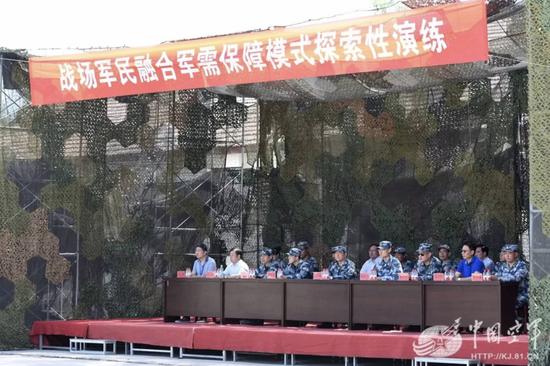
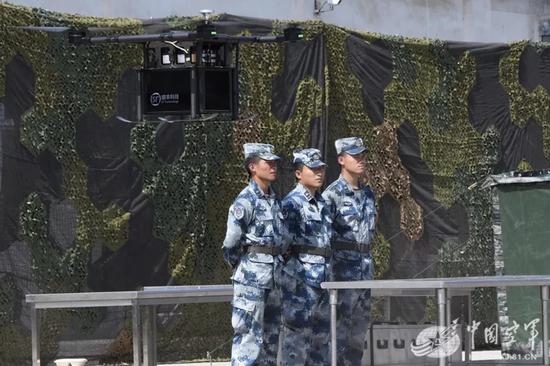
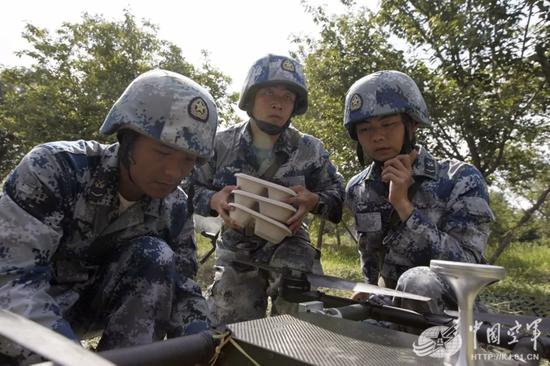
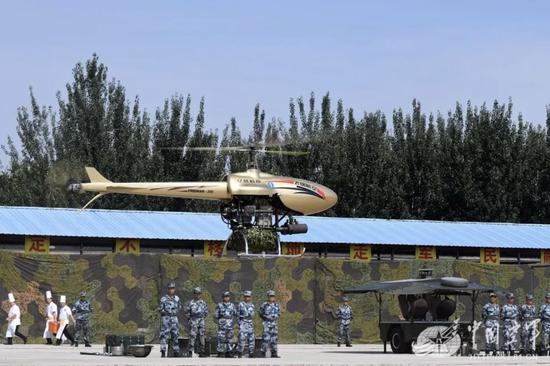

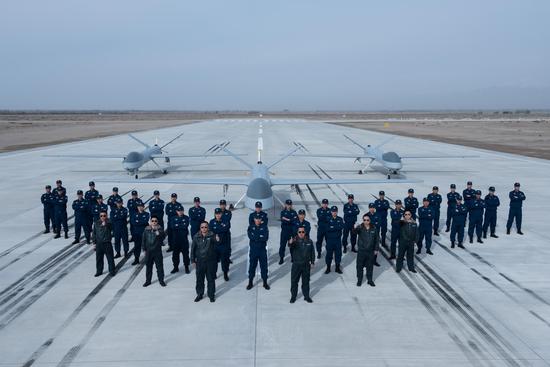
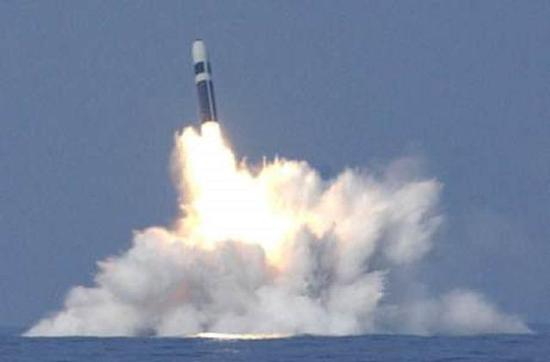
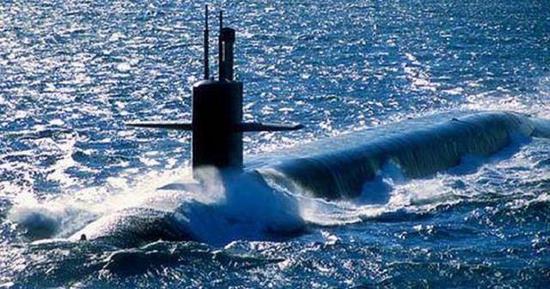
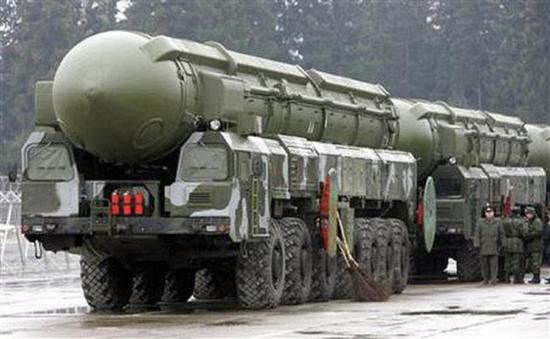
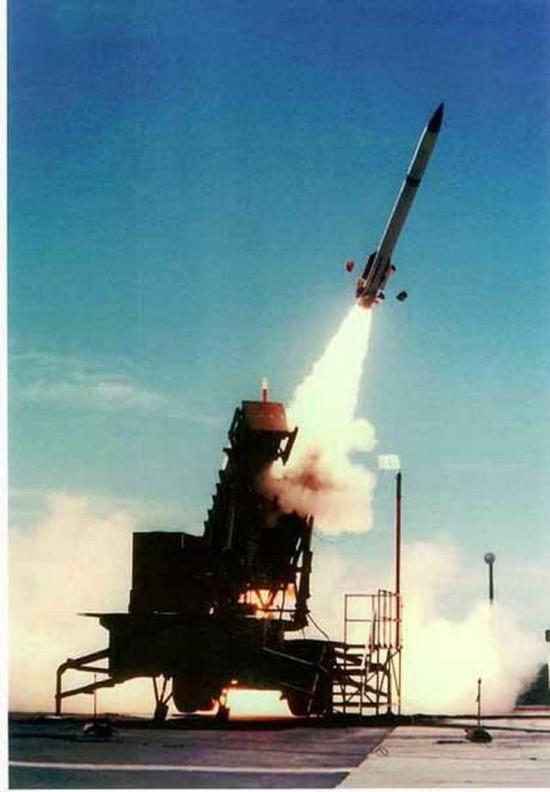
 ABC Home
ABC Home


 PHOTO: China's stock market is down more than 20 per cent since the start of the year. (Reuters: Aly Song)
PHOTO: China's stock market is down more than 20 per cent since the start of the year. (Reuters: Aly Song) PHOTO: Rising interest rates have seen cash out-performing some riskier assets recently. ( REUTERS: Jose Luis Gonzalez)
PHOTO: Rising interest rates have seen cash out-performing some riskier assets recently. ( REUTERS: Jose Luis Gonzalez) PHOTO: Despite the volatility in global markets, the ASX 200's performance in the 2017-18 financial year was stronger than expected. (AAP)
PHOTO: Despite the volatility in global markets, the ASX 200's performance in the 2017-18 financial year was stronger than expected. (AAP) PHOTO: Australian, US, UK and China stock markets compared (June 29, 2018) (Thomson Reuters Eikon)
PHOTO: Australian, US, UK and China stock markets compared (June 29, 2018) (Thomson Reuters Eikon) PHOTO: The best and worst performing sectors of the ASX (June 29, 2018 at 2:30pm AEST) (Supplied: CMC Markets)
PHOTO: The best and worst performing sectors of the ASX (June 29, 2018 at 2:30pm AEST) (Supplied: CMC Markets)
